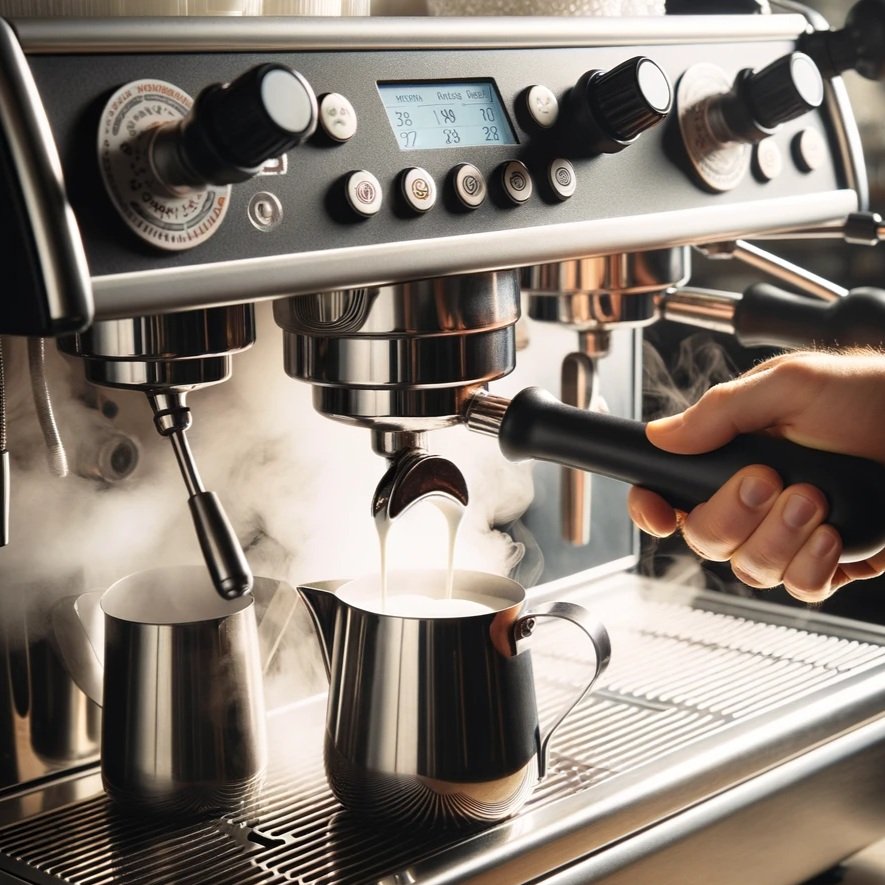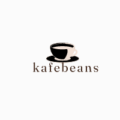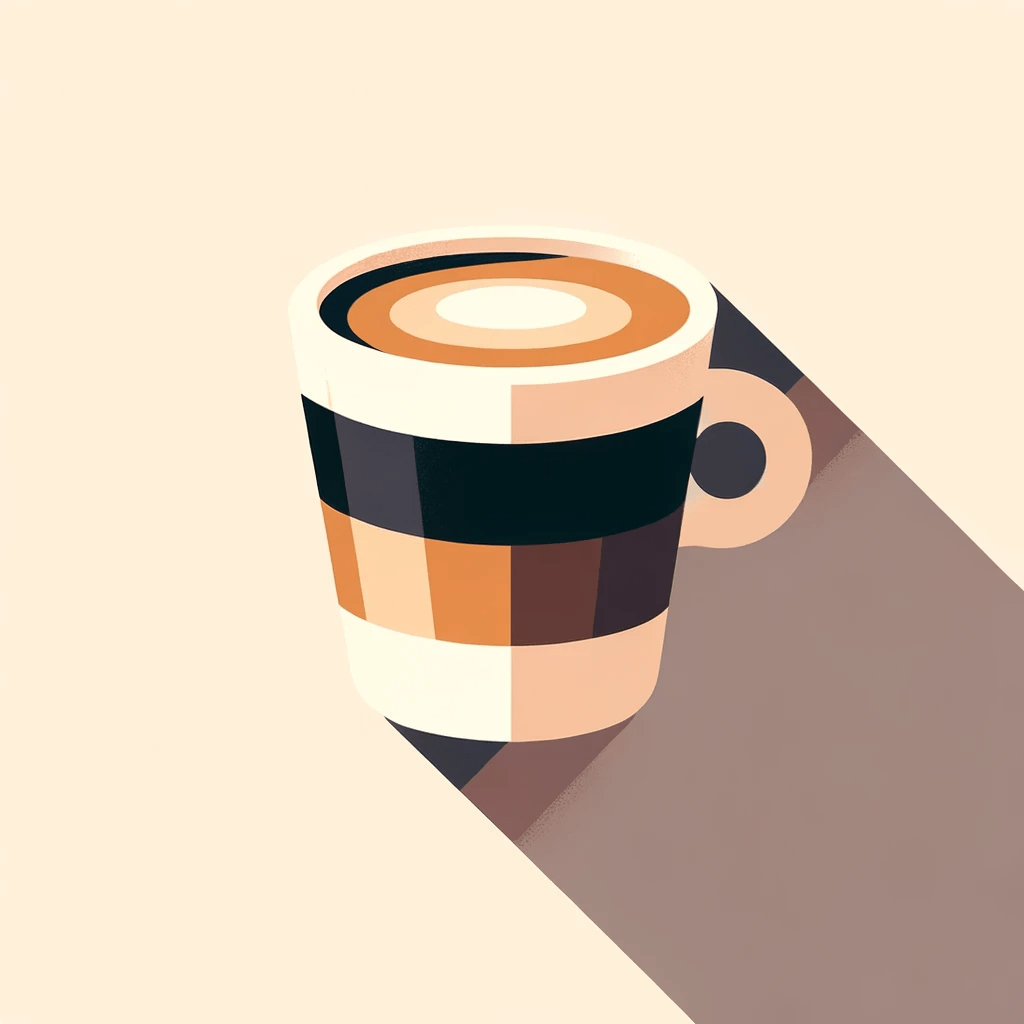“Espresso is the only real coffee!” declared Sergio, a dedicated espresso drinker. This was during my business trip to Turin, Italy. Well, an American friend of mine (who happened to be a drip coffee enthusiast), retorted, “Isn’t espresso just a tiny version of coffee?” Well, you can imagine what happened next. We discussed coffee on that Italian summer afternoon for a long time. The 30-minute meeting had turned into a 2-hour conversation and that too on off-topics! I was still brewing my interest in coffee but that debate stayed with me.
It is true that while many enjoy coffee in its various forms, few do not understand the differences between espresso and traditional coffee. If you’ve ever found yourself in a similar debate or simply wondered about the distinctions, this article is for you. Let’s unravel the mystery of espresso and coffee.
I warn you it is a basic article and not nuanced for those with refined taste.
1. Is Espresso Just Coffee?
Yes, espresso is coffee. The primary distinction between espresso and traditional coffee isn’t the bean itself but the method of preparation. Coffee is the liquid extracted from the bean, and espresso is a form of this extraction. The grinding and brewing processes differentiate the two.
In essence, all espresso is coffee, but not all coffee is espresso.

2. Brewing Method: The Heart of the Difference
The brewing method is the main factor that distinguishes espresso from other coffee types.
Traditional coffee brewing methods, such as drip or pour-over, rely on the slow passage of hot water through coffee grounds. This process can take several minutes. In contrast, espresso machines use high pressure to push near-boiling water through finely ground coffee beans. This method delivers a rich, aromatic shot of coffee in under 30 seconds. The ideal brewing temperature for both is between 195 and 205 degrees Fahrenheit.
3. Is Espresso Stronger than Coffee?
When it comes to caffeine content, the answer varies based on the amount consumed. Espresso typically contains 63 mg of caffeine in a 1-ounce shot.
Regular coffee, on the other hand, has 12 to 16 mg of caffeine per ounce. Therefore, ounce for ounce, espresso is stronger. However, considering that a standard coffee serving is 8 ounces, you’d consume more caffeine with a regular coffee cup than a single espresso shot.
Is Drip Coffee Stronger than Espresso?
While espresso has a more concentrated flavor and caffeine content per ounce, drip coffee can be perceived as stronger due to its larger serving size. An 8-ounce cup of coffee can contain between 96 to 128 mg of caffeine, depending on various factors like the bean type, roast, and preparation method.
4. The Taste Factor
Espresso boasts a bolder flavor compared to drip coffee, primarily because it’s unfiltered, retaining more flavorful oils. Drip coffee, being less concentrated, offers a milder taste.
5. The Role of Pressure
Pressure plays a pivotal role in espresso preparation. Espresso machines can exert up to nine bars of pressure (equivalent to 130 PSI). This high pressure is crucial for extracting the intense flavors in a short time. In contrast, methods like the French press or drip coffee rely on gravity, exerting negligible pressure.
You can find more information about pressure here

6. Ground Coffee vs. Ground Espresso
The grind size is paramount. For espresso, a fine to medium grind is ideal, exposing more bean surface area to water for efficient brewing. In contrast, medium to coarse grinds are recommended for other brewing methods like the French press.

7. Serving Size and Concentration
Espresso is typically served in smaller amounts due to its concentrated nature. A standard espresso shot is about 1 ounce, while a regular coffee serving is 8 ounces.
8. Anatomy of an Espresso Shot
A well-made espresso shot is topped with a thick layer of crema, a brown, bubbly foam. This crema is a visual indicator of a good espresso shot and results from the high-pressure extraction process.
9. Why Can I Drink Espresso but Not Coffee?
The perception that espresso delivers a more significant jolt than regular coffee might be due to its serving size. Espresso’s small serving means it’s consumed faster, delivering caffeine quickly. In contrast, a coffee cup is sipped slowly, spreading the caffeine intake over a more extended period.
In conclusion, while espresso and coffee both originate from the same bean (whatever bean you happen to choose), their differences primarily lie in the preparation, serving size, and taste. Whether you prefer the bold shot of espresso or the comforting cup of drip coffee, both have their unique charm and will completely on your individual choice!
You can find more about espresso beans and coffee here.

